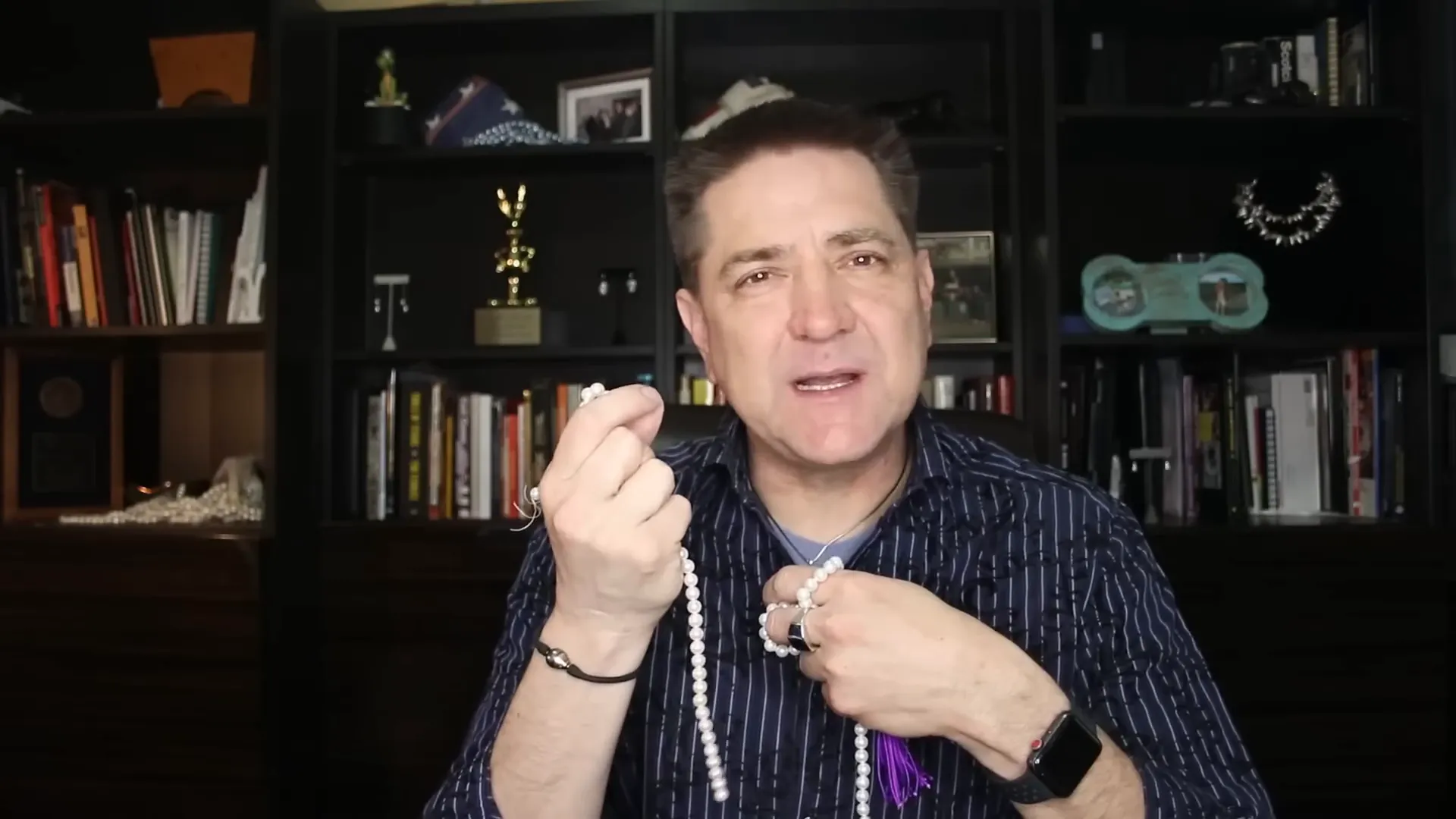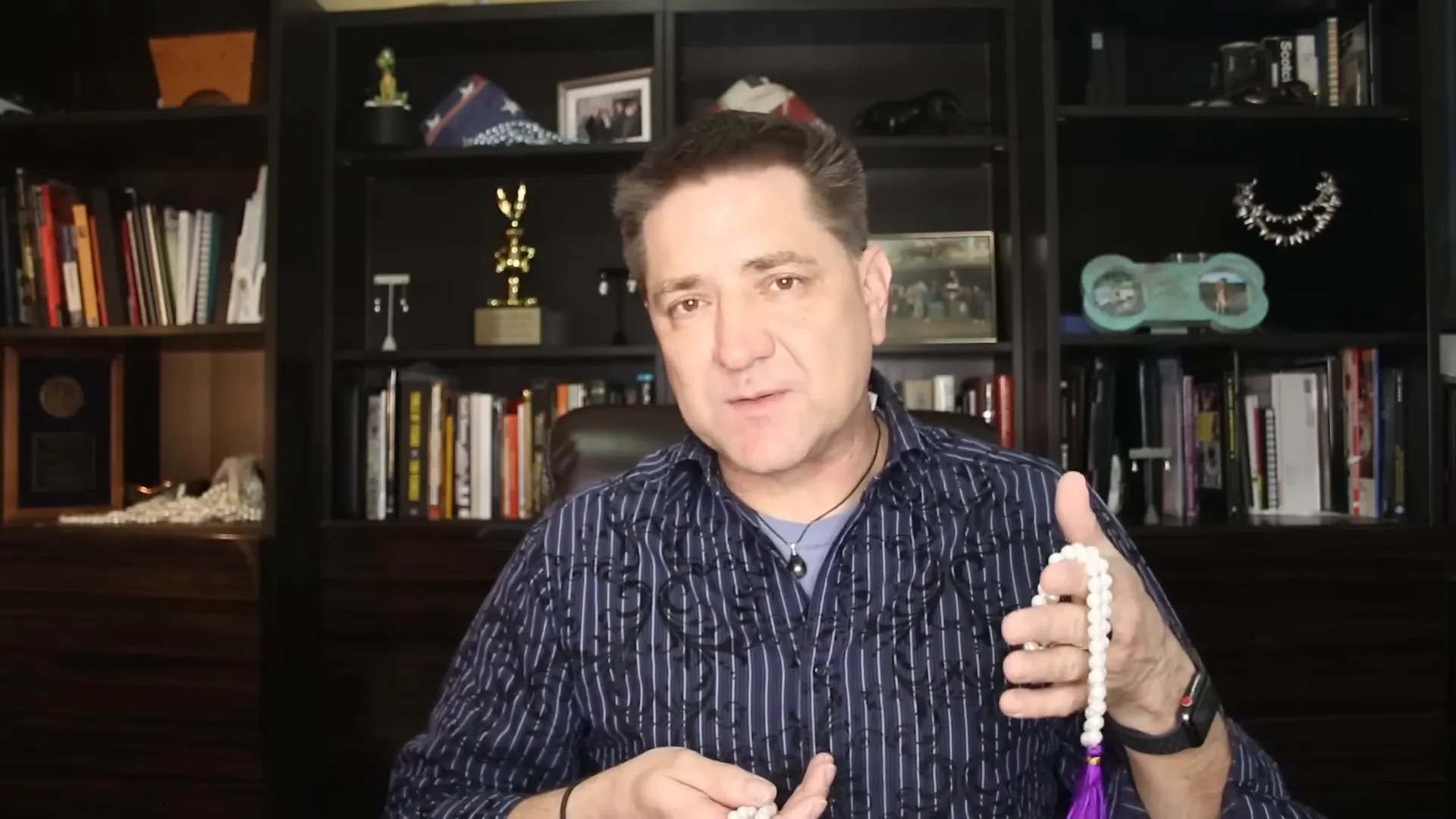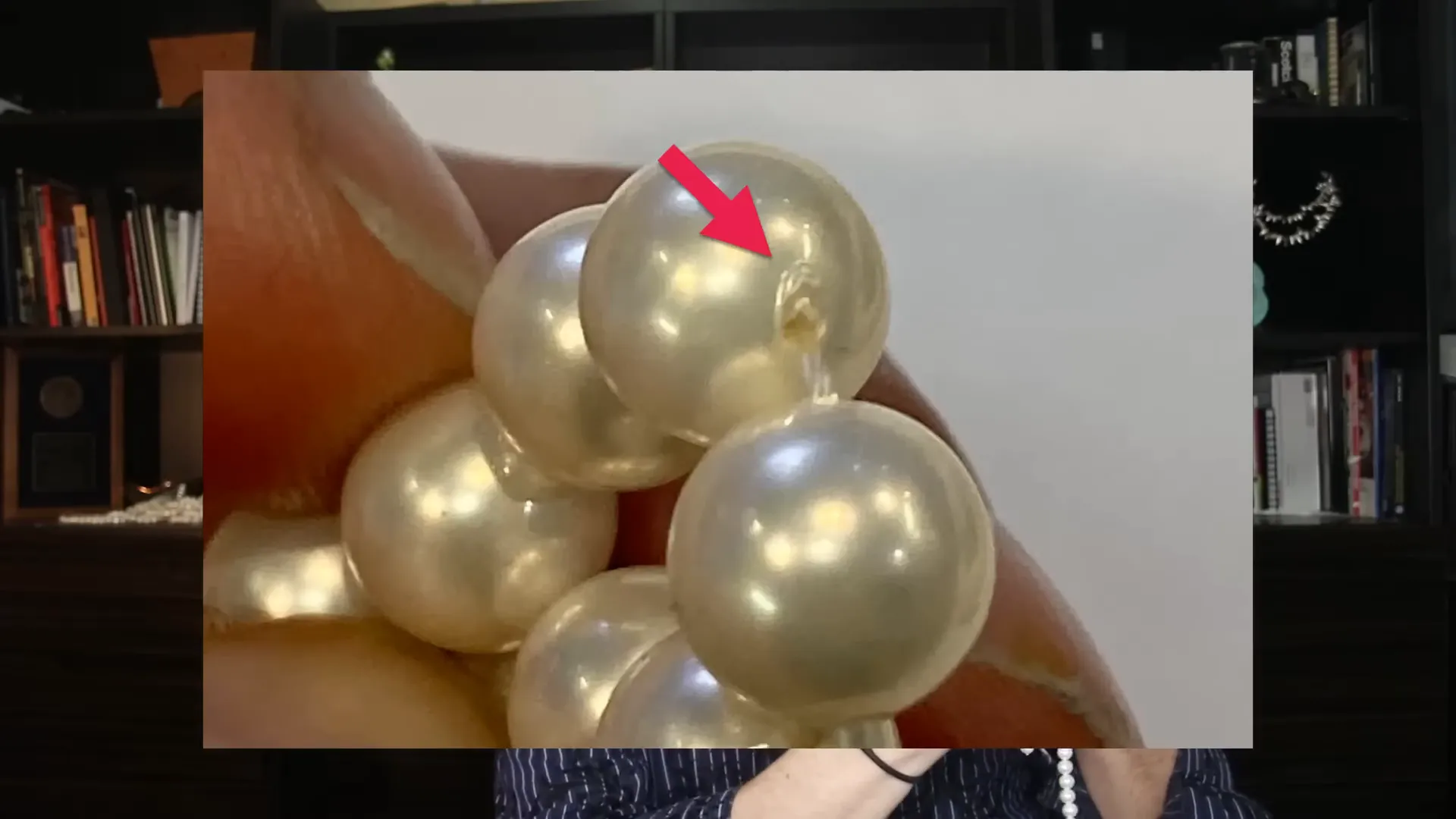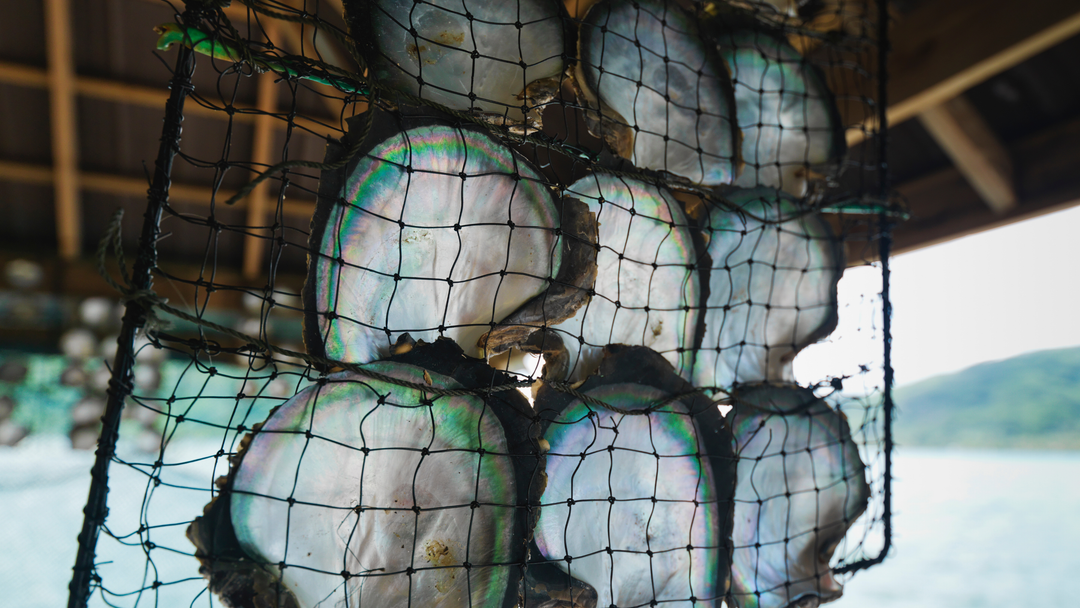4 Surefire Ways to Test Pearls Authenticity and Spot Fake Ones
Hey there, pearl lovers! I'm Matt Harris, a pearl specialist and jewelry designer, here to help you navigate the sparkling world of pearls. Whether you're a seasoned collector or just curious about that heirloom strand from grandma, knowing how to determine if pearls are real is essential. With pearls being a timeless fashion statement, it's no wonder everyone wants to ensure they're rocking the real deal. So, let's dive into four practical tests to identify genuine pearls and debunk some common myths along the way.
The Tooth Test: A Gritty Reality
The first and most popular method for testing pearl authenticity is the tooth test. It's as simple as it sounds: rub the pearl against the bottom of your front tooth. Real pearls will feel gritty, like sandpaper, while fake ones will glide smoothly.

Why does this work? Genuine pearls have a natural texture due to layers of nacre, while imitation pearls are often coated with a smooth finish. But what if you're not comfortable putting random pearls in your mouth, especially at estate sales or flea markets? No worries! You can simulate the tooth test by rubbing two pearls together or even against a glass surface. Real pearls will still feel gritty, providing you with the same tell-tale sign of authenticity.
Uniformity: Spotting the Flaws
Much like snowflakes, no two pearls are identical. This brings us to our second test: examining uniformity. Real pearls typically show slight variations in shape, size, and surface texture, while fake pearls are often too perfect.

Look closely at each pearl in a strand. You might notice tiny blemishes or unevenness, which are good signs of authenticity. Real pearls might not be perfectly round, and their overtones can vary subtly in color. On the other hand, fake pearls are manufactured to be identical in shape, size, and color, lacking the natural imperfections of real pearls.
Weight: The Hefty Truth
Another way to tell if pearls are real is by weighing them. Fake pearls, often made from plastic, are significantly lighter than their genuine counterparts. However, some high-quality fakes use glass beads, which can mimic the weight of real pearls.

When comparing two strands, if one feels unusually light, it might be fake. But remember, weight alone isn't foolproof. Always combine this test with other methods for a more accurate assessment.
Material Check: Inspecting Drill Holes
The fourth test involves a closer look at the material, specifically the drill holes. Real pearls have clean, crisp holes, while fake ones might show material build-up or peeling at the drill site.

Use a magnifying glass to check for any irregularities around the holes. In some cases, you might even be able to push aside the coating on a fake pearl, revealing its true nature. This method is particularly useful for older pearls where wear and tear might expose the layers beneath.
Myths Busted: Knots and Clasps
Now that we've covered the tests, let's debunk a couple of common myths. First, many believe that knots between pearls indicate authenticity. While it's true that knotting is a traditional method to prevent pearls from rubbing against each other, it doesn't guarantee they're real. Fake pearls can also be knotted to mimic genuine strands.
Another myth is the assumption that a gold clasp means the pearls are real. This isn't always the case. People often pair fake pearls with real gold clasps to enhance their perceived value, and vice versa. Always evaluate the pearls themselves, not just the hardware.
Conclusion: Your Pearl Journey Awaits
Armed with these tests, you're now ready to explore the world of pearls with confidence. Whether you're inspecting a family heirloom, shopping at a store, or hunting for treasures at garage sales, these methods will help you distinguish genuine pearls from imposters.
Remember, pearls are a beautiful investment, and knowing their authenticity enhances their value and your appreciation. So go ahead, take out those pearls and see what you've got. And as always, stay tuned for more pearl education. I'm curious to hear about your discoveries, so feel free to share your experiences. Happy pearl hunting!
To see the video version of this blog pot and to learn more about pearls, pearl fashion and pearl history, visit Matt Harris Pearls YouTube Channel. ![]()




